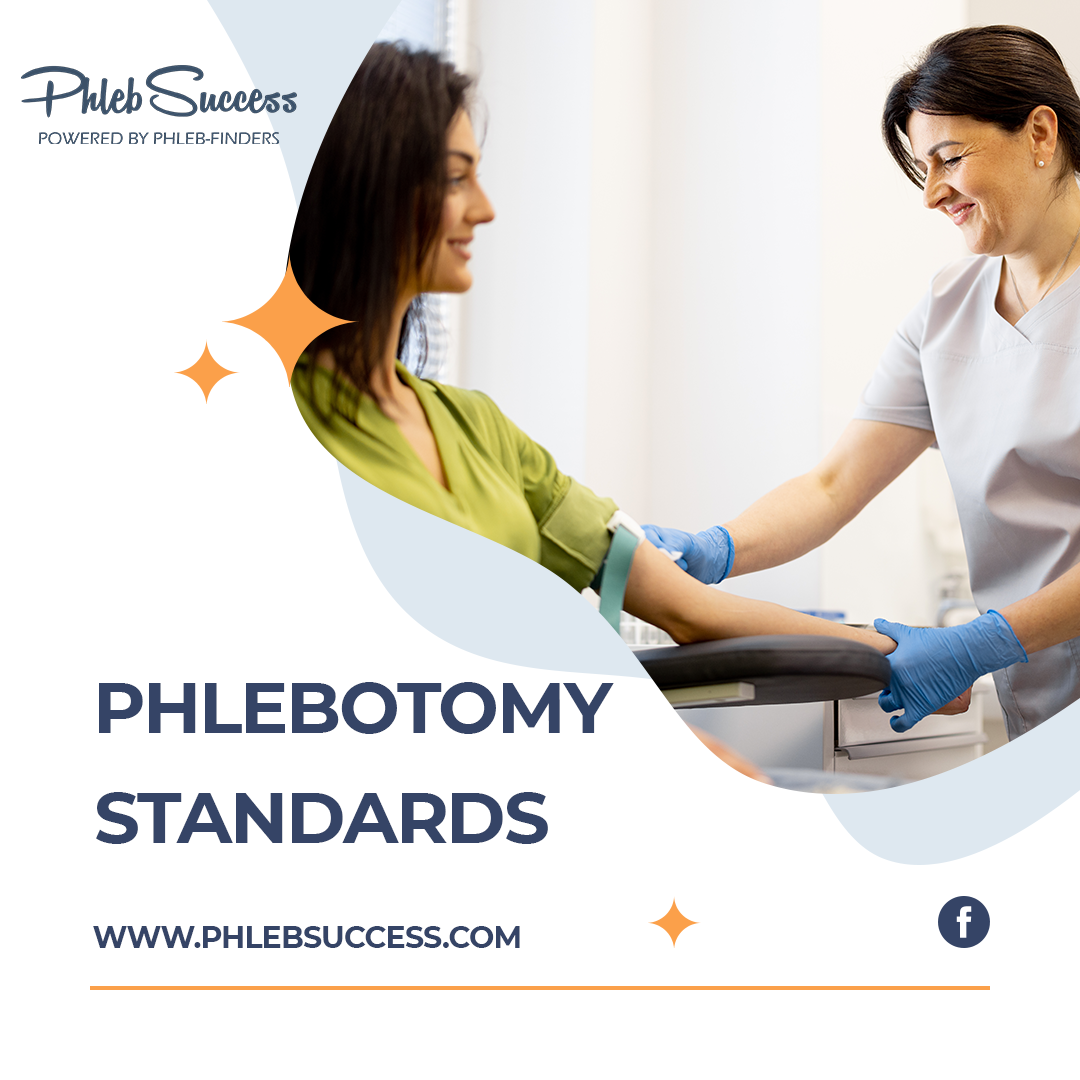Understanding CLIA (Clinical Laboratory Improvement Amendments) regulations
The Clinical Laboratory Improvement Amendments (CLIA) represent a critical framework of federal regulations designed to ensure the quality and reliability of laboratory testing performed on human specimens. Understanding CLIA regulations is integral to the practice of phlebotomy as it governs various aspects of laboratory operations, including personnel qualifications, quality control, proficiency testing, and overall compliance.
Regulatory Classification
CLIA regulations classify laboratory testing into different levels of complexity. These classifications—waived, moderate complexity, and high complexity—dictate the specific requirements for personnel, quality control, proficiency testing, and overall laboratory performance. Phlebotomists must be aware of the classification of tests performed within their laboratory to ensure adherence to the appropriate regulatory standards and the accuracy of test results.
Personnel Qualifications and Training
Compliance with CLIA regulations necessitates that individuals performing laboratory testing, including phlebotomy procedures, meet specified qualifications. Phlebotomists are required to possess the requisite education, training, and experience to competently execute venipuncture, capillary puncture, and other specimen collection methods in line with CLIA guidelines. Upholding personnel qualification requirements is essential to maintaining the integrity and accuracy of laboratory test results.
References:
- Centers for Medicare & Medicaid Services. (2019). CLIA Brochure.
- U.S. Department of Health and Human Services. (2019). The Clinical Laboratory Improvement Amendments (CLIA).
Quality Control and Assurance
A fundamental component of CLIA compliance involves the implementation of robust quality control and assurance measures. Phlebotomists are responsible for executing and documenting quality control processes for specimen collection, handling, and transportation to safeguard the integrity of samples and mitigate pre-analytical errors. Additionally, active participation in proficiency testing programs and the establishment of comprehensive quality assurance protocols are pivotal for ensuring compliance with CLIA regulations within the laboratory environment.
Regulatory Oversight and Compliance
Phlebotomists should recognize the pivotal role of the Centers for Medicare & Medicaid Services (CMS) and the Centers for Disease Control and Prevention (CDC) in administering CLIA regulations and overseeing laboratory compliance. Staying informed about updates to CLIA regulations, engaging in continuing education, and collaborating with laboratory management are essential steps for phlebotomists to contribute to sustained adherence to CLIA standards and the delivery of high-quality laboratory testing services.
By integrating thorough training on CLIA regulations into phlebotomy education and practice, phlebotomists can support the principles of quality, accuracy, and patient safety in laboratory testing, aligning with the overarching objectives of CLIA to promote excellence in healthcare diagnostics.
